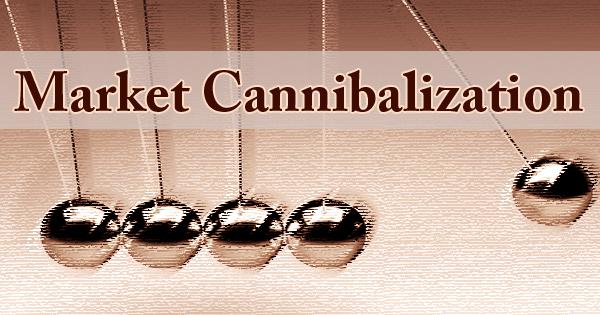Relationship Marketing defines the framework for the Company to reach out as well as and orient themselves to the outside markets, to the end customer as well as to the business partners, the suppliers and vendors too. Relationship marketing is not limited to Customers and Suppliers alone but has been extended in scope to cover he internal employees as well as an effective way of reaching out to attracting best talent too. If you scan any advertisement of a leading Corporate in the Newspaper, you will see that major portion of the advertisement for recruitment is related to the Company’s background, culture and the effort to reach out to the prospective employees. The advertisements are designed to strike a cord amongst the readers that prompts one to apply for the job.
Business Organizations today have begun to recognize and consider the human quotient as well as the emotional quotient of business relationships. Relationship Marketing has evolved as a discipline that helps the Businesses to look beyond transactions to long term business associations.
The focus of marketing is to do such an excellent job of developing, pricing, promoting, and distributing a product to customers that the product practically sells itself. In the past, the focus of marketing was on finding new customers to make the sale. Organizations have begun to realize that it is a lot cheaper to retain current customers than to attract new ones. This has led to a focus on relationship marketing that involves working closely with customers to build lasting relationships over time. Personal selling is the essence of developing relationships because it is directed toward achieving mutually satisfying results between buyer and seller, which sustain and enhance future interactions.
Relationships are built upon trust. According to Stephen X. Doyle and George Thomas Roth (“Selling and Sales Management in Action: The Use of insight & Coaching to improve Relationship Selling,” Journal of Personal Selling & Sales Management, Winter 1992, p. 62) there are five characteristics of trust-building in salespeople.
Customer Orientation means that the salesperson places as much emphasis on the customer’s interests as on the salesperson’s interests. Presentations balance the pros and cons. The salesperson doesn’t push a product that the buyer doesn’t need.
Competence includes the salesperson’s ability, knowledge, and resources to meet customer expectations. The salesperson displays technical command of products and applications.
Dependability is the predictability of the salesperson’s actions. His or her words and actions are consistent with a professional image.
Candor is the honesty of the spoken word. The proof used to support claims is credible. Subsequent events prove the salesperson’s statements to be true.
Likability is rooted in each party’s perception of “having something in common” with the other. This is an emotional factor, yet a powerful force in buyer and seller relationships.
Communications Tool
Personal selling is unique because it involves personal contact. It is the two-way marketing communications tool. It follows the AIDA model, which defines a good message and the stages a receiver should go through. The steps in AIDA are to gain the receiver’s attention, to create and hold the receiver’s interest, to arouse desire, and to motivate a desired action (purchase). Marketers manage satisfaction by targeting the customers who are most likely to appreciate the organization’s distinctive competence. A personal sales call is expensive. It is most appropriately used in situations where the target market is concentrated, where products are high in value or orders are large, when the product is technically complex, or when the differential advantage is difficult to explain.
Sales promotion, advertising, and publicity move the prospect toward an exchange decision. Yet, personal selling is the tool that most often brings the buying decision process to a satisfactory conclusion for both buyer and seller. The strength of personal selling is that it is flexible and provides immediate feedback. The prospect can relate concerns and the salesperson can address those concerns. The salesperson can ask questions to determine the prospect’s level of interest and react quickly to the prospect’s wants. The sales presentation can be personalized based upon those wants. Many customers don’t know what they want, and part of the salesperson’s responsibility is to help them find out – to help them find out how the product can solve their problems or satisfy their wants.
















